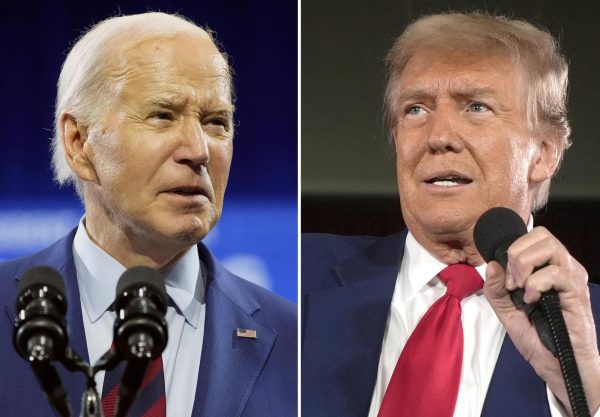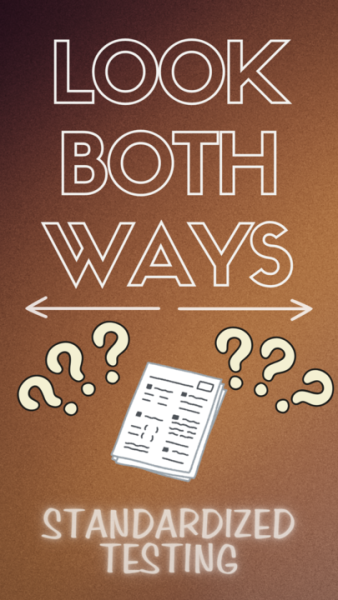Women rise in primary elections
October 28, 2018
More women than ever are running for office this midterm season, and this “Pink Wave” is an encouraging sign women may be one step closer to achieving equal representation in Congress, regardless of political party.
In 2017 a number of women’s issues were brought to the surface, forcing the American public to reckon with the ways women are disadvantaged in both professional and social spheres. The catalyst for these discussions arguably originated in 2016 when the Trump tape was leaked. The lead-up to the midterm elections has placed emphasis on the space women take up in American politics, and how this space doesn’t accurately reflect the near half of the population its supposed to represent.
The House and Senate combined has never been comprised of more than 21 percent women, according to an article published by Pew Research. Given the recent appointment of Judge Kavanaugh to the Supreme Court and raised concerns regarding the longevity of Roe v. Wade, the recent hike in female candidates can likely be attributed to an effort to ensure women have a voice in these crucial issues.
Not only are women running for office—they’re winning. Out of 48 percent of non-incumbent female candidates who have run for a political office this midterm season, 46 percent have won in their congressional districts, according to FiveThirtyEight.com.
Candidates like Alexandria Ocasio-Cortez became somewhat of a political rock star when she won the primary race for New York’s 14th congressional district against the incumbent Joe Crowley. Now a prominent upcoming figure in the Democratic party, Ocasio-Cortez ran on a platform of working class liberation and institutional reforms.
Unsurprisingly, the Democratic party is seeing more women candidates than its Republican counterpart. Only 18 percent of Republican House candidates for this midterm cycle are female, according to the Economist. Overall, the Democratic platform favors women’s rights in matters of health care and reproductive freedoms, and left-leaning voters are more likely to embrace progressive female candidates running on these ideas.
However, regardless of partisan affiliation, the upturn in female candidacy is a sign that perhaps the country is finally prepared to allow women to have a fair say in political issues. Until the makeup of congress accurately reflects the makeup of the general populous, decisions made by the legislature will be biased in favor of those already in power. However, with so many women running and winning in 2018, female candidates and voters alike should feel encouraged by this empowering change in social mindset.














